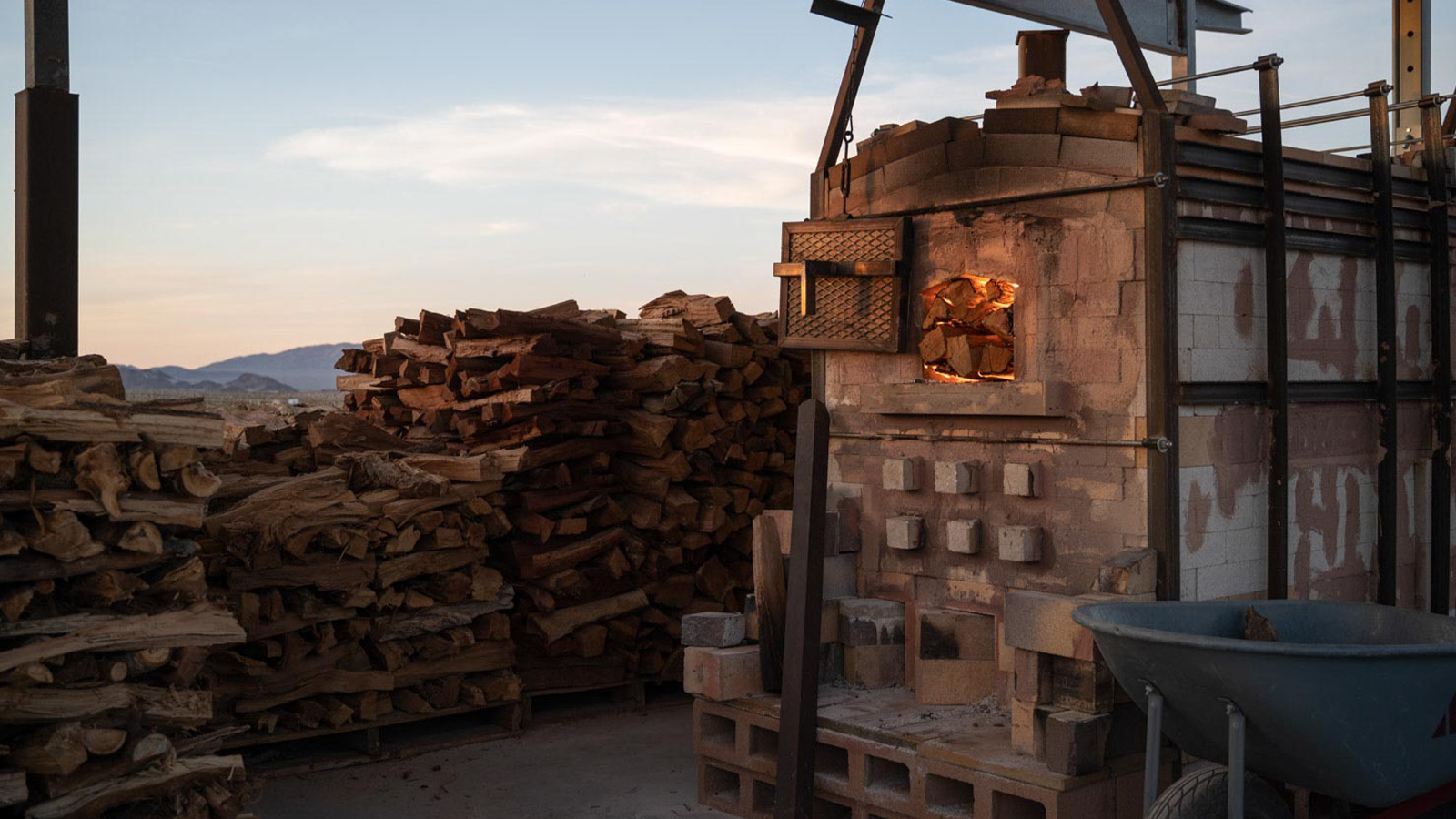
Thanks to the recent revival of Frank Herbert’s Dune novels, following two eponymous blockbuster movies, the desert is (culturally) hot again. The vast expanses of arid wilderness – with seemingly endless skies, highly adapted flora and fauna, an array of colours, and an eerie quiet – have long been an inspiration for American artists, from Maynard Dixon to Georgia O'Keeffe. And for Dallas-born, California-based sculptor Jonathan Cross, all of these attributes make the desert the perfect place to work, despite the searing temperatures.
'I realised that the Southwest is where my heart is,' he tells Wallpaper*. 'It's got a good combination of big blue skies with clouds… mountains, all the rocks and cacti that I love. And as strange as it may sound like, the desert seems like a very clean place to me.'
Discover Jonathan Cross’ exhibition at Elliott Templeton Gallery
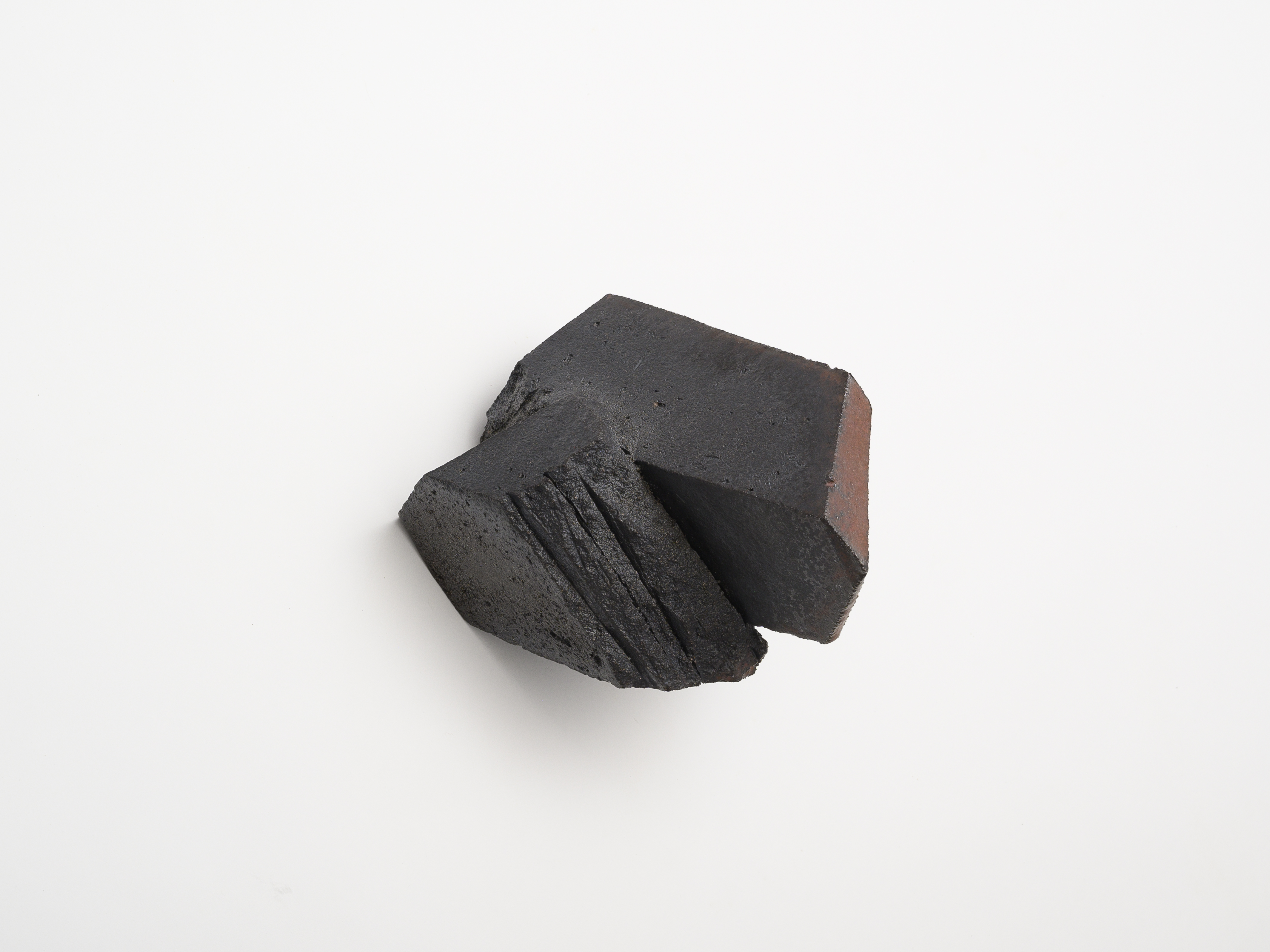
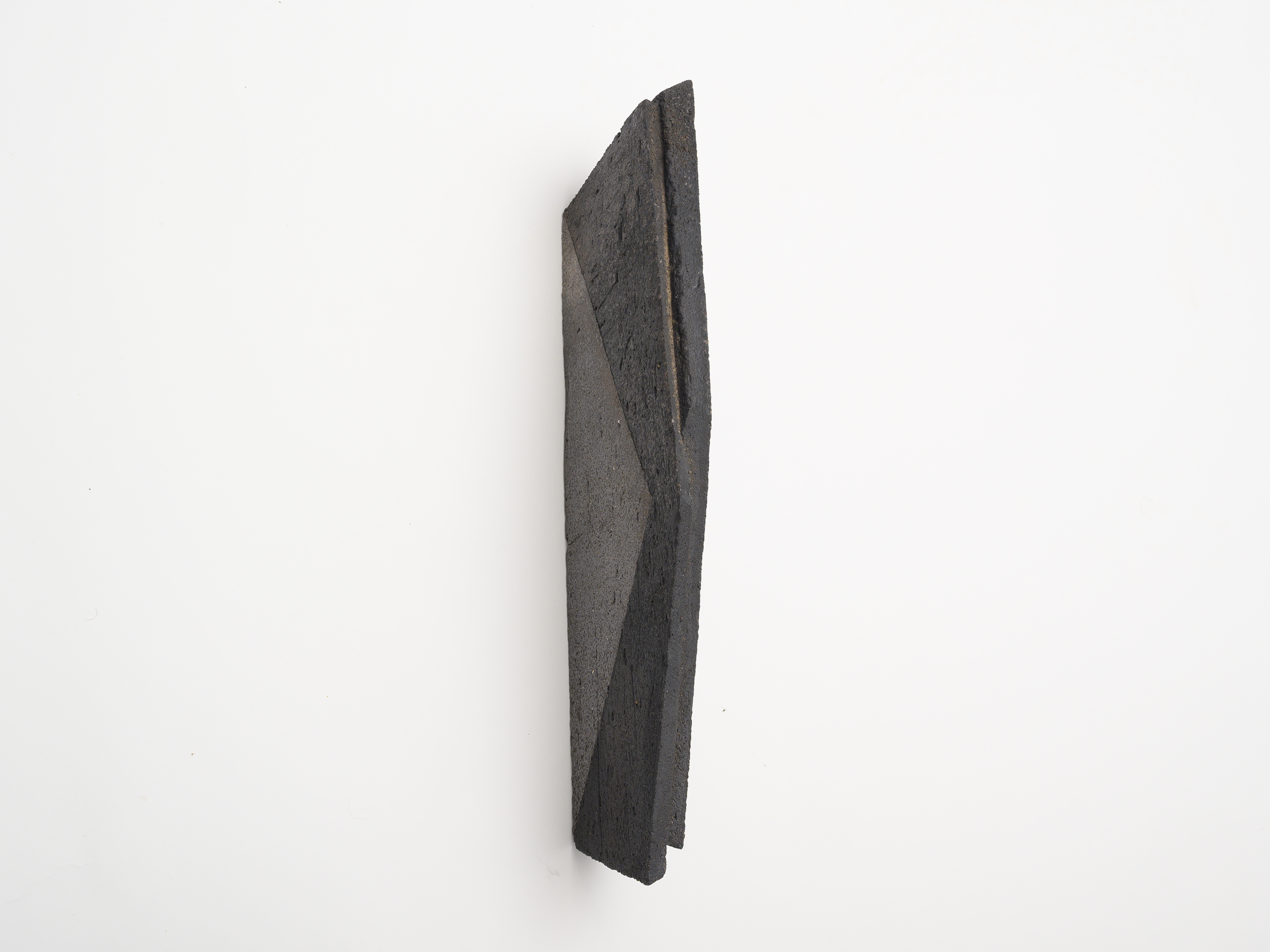
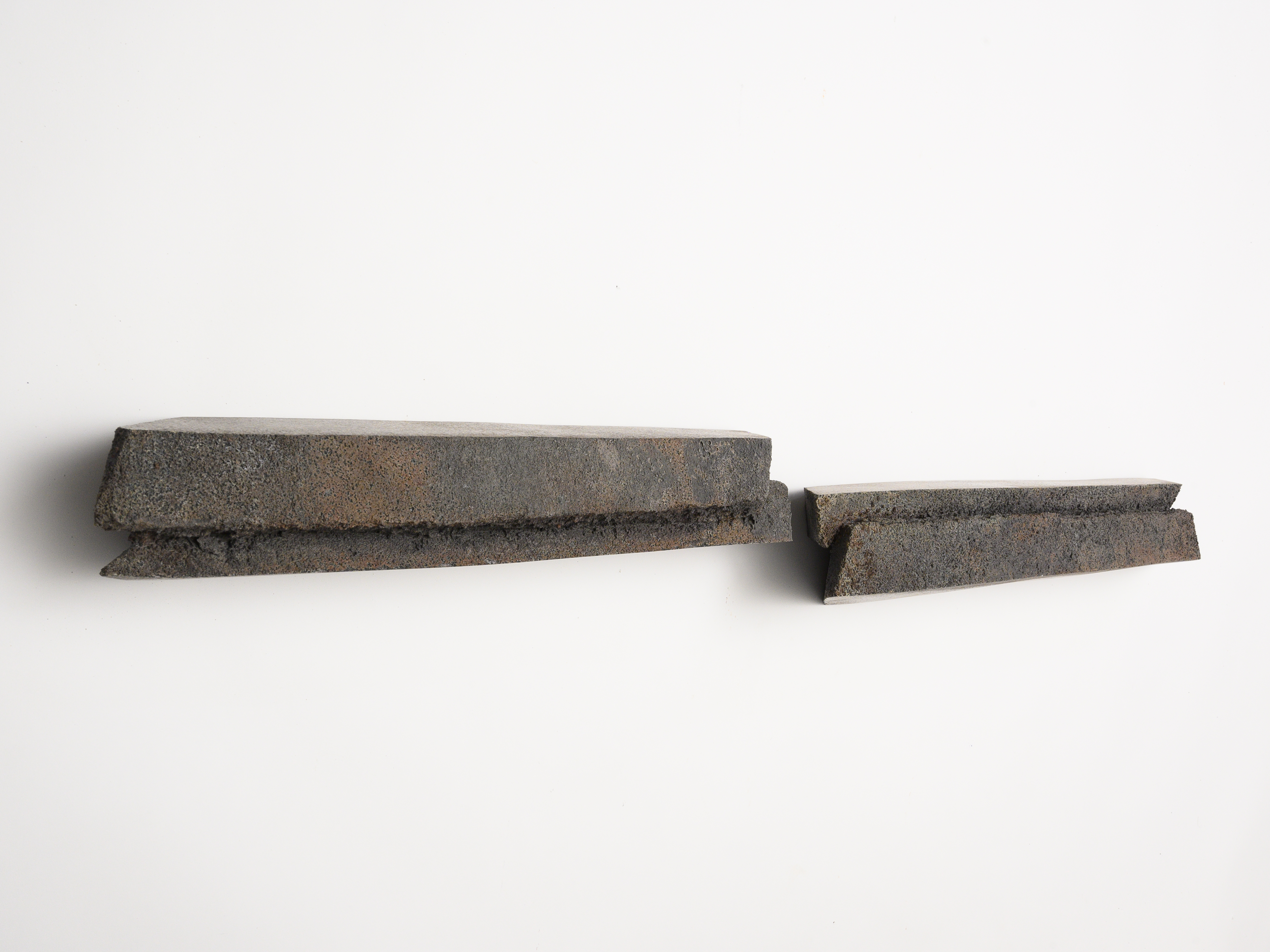
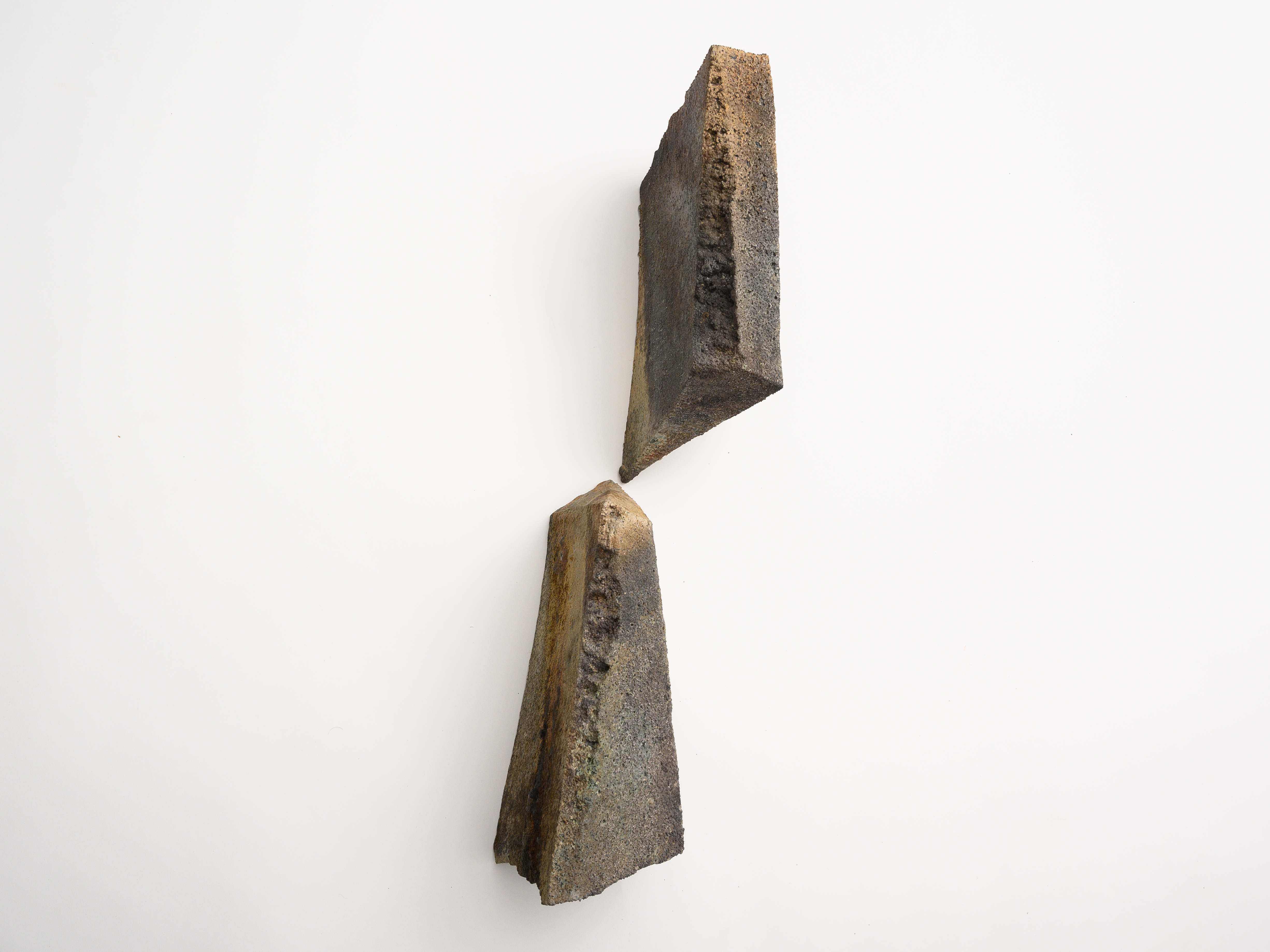
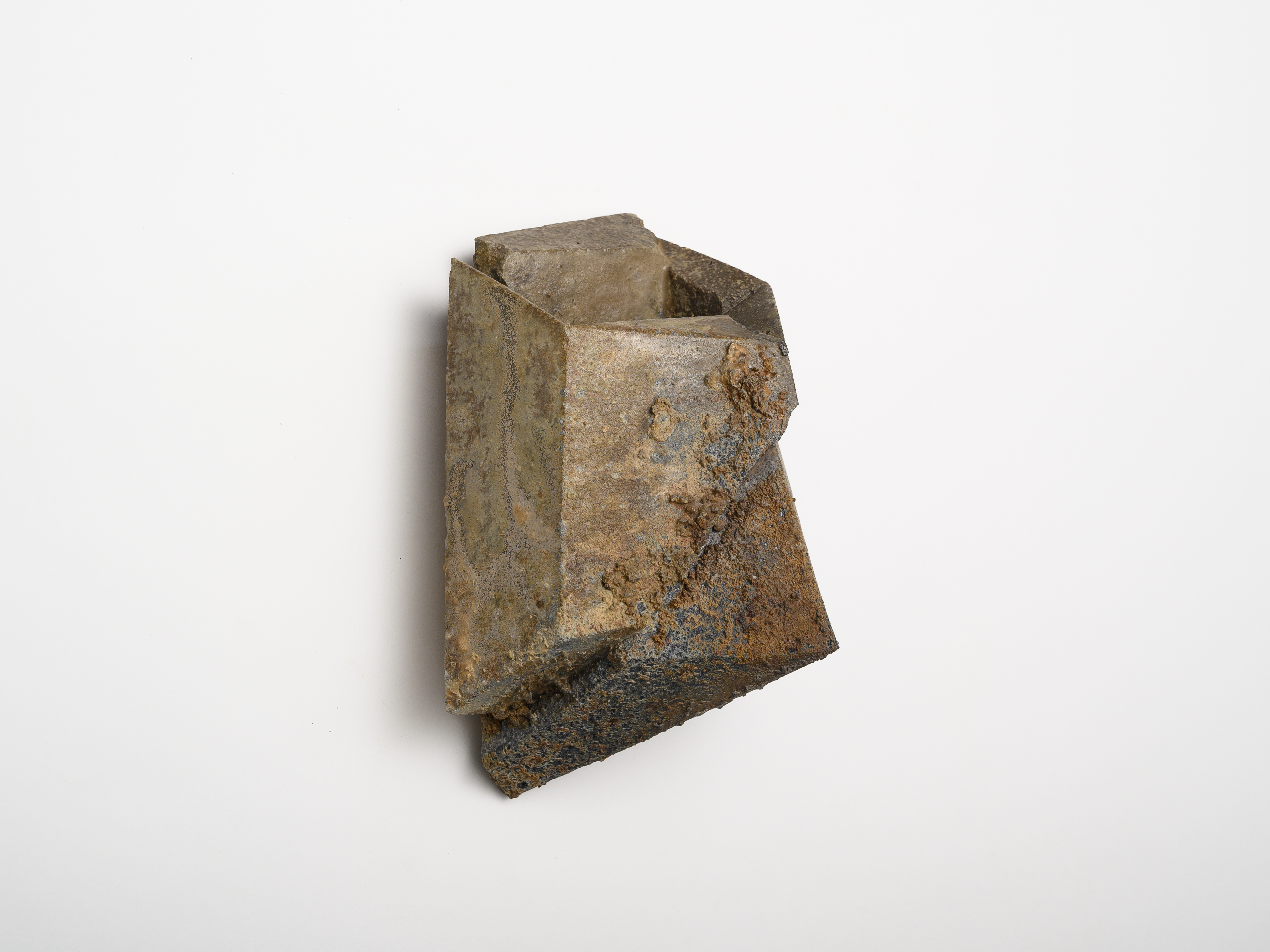

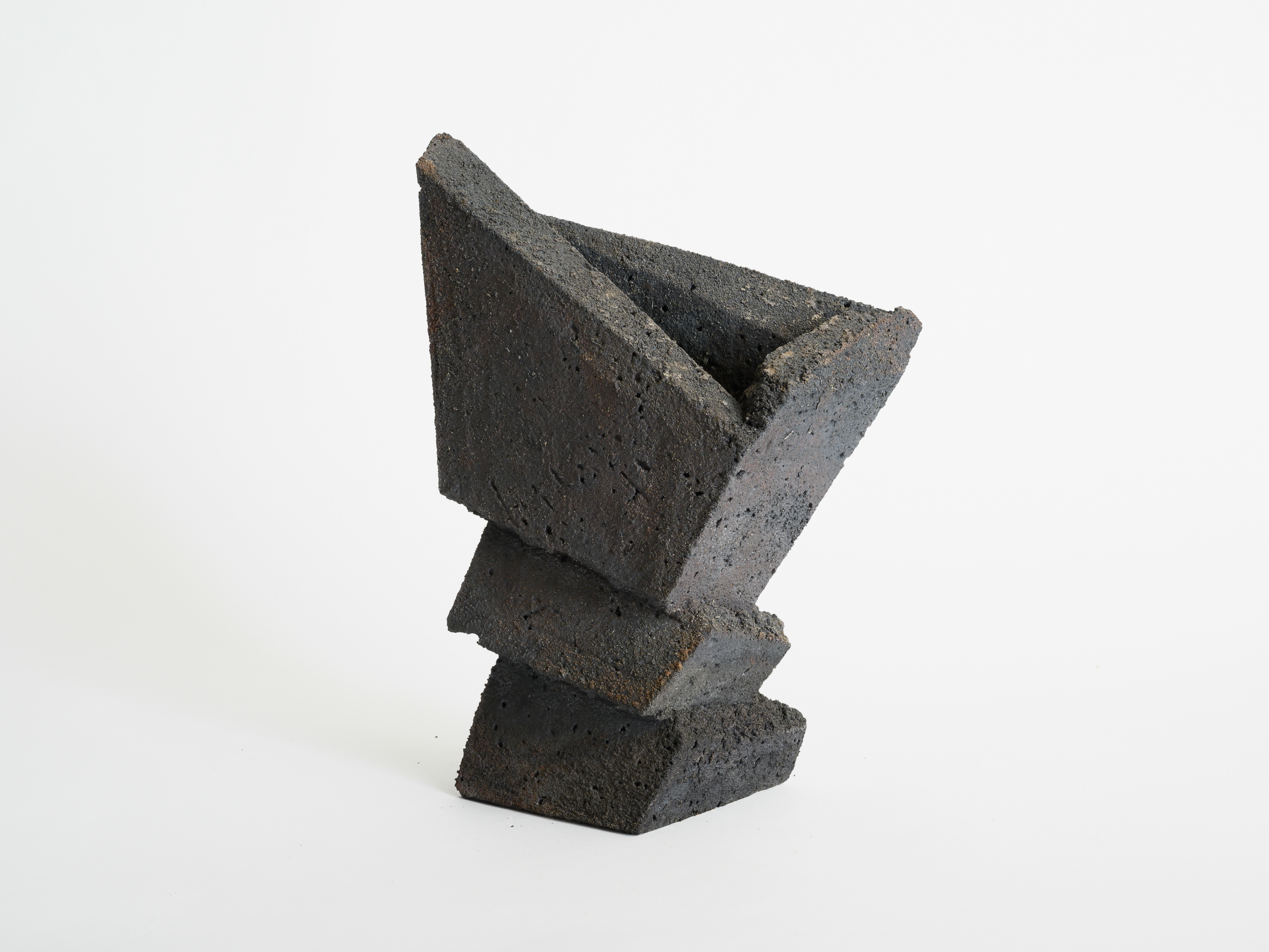
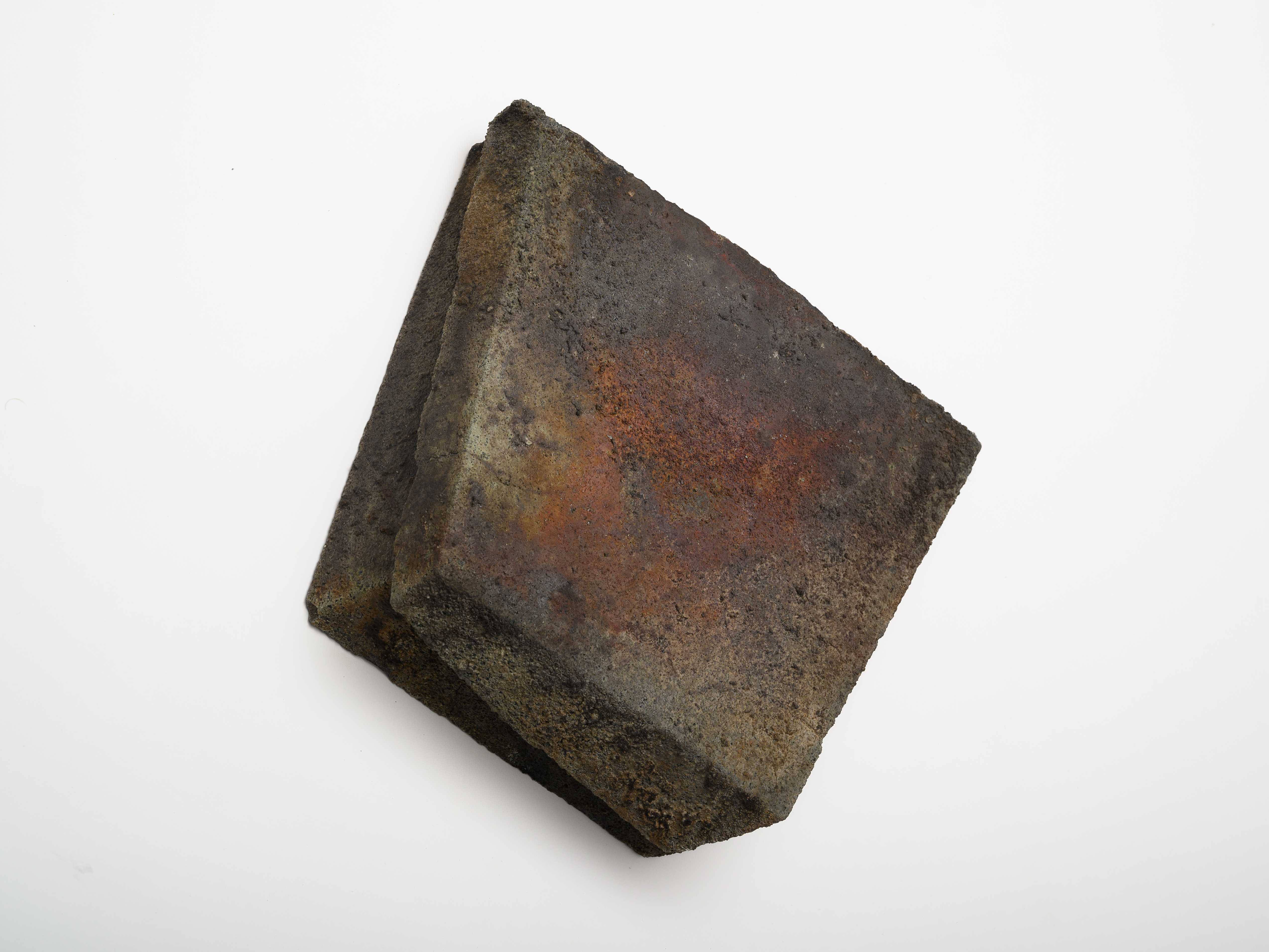
Growing up in the 1980s, Cross watched a lot of sci-fi movies that he admits he was probably too young for. Between this early exposure to post-apocalyptic landscapes and alien worlds, plus his grandparents’ National Geographic subscription, a visual language began to develop – one that would eventually manifest through his striking ceramic sculptures and furniture.
'When your dad puts on Star Wars, or even the old Dune movie, and then you're flipping through National Geographic and seeing Cambodian ruins, all of these things develop a language in your brain,' he says.
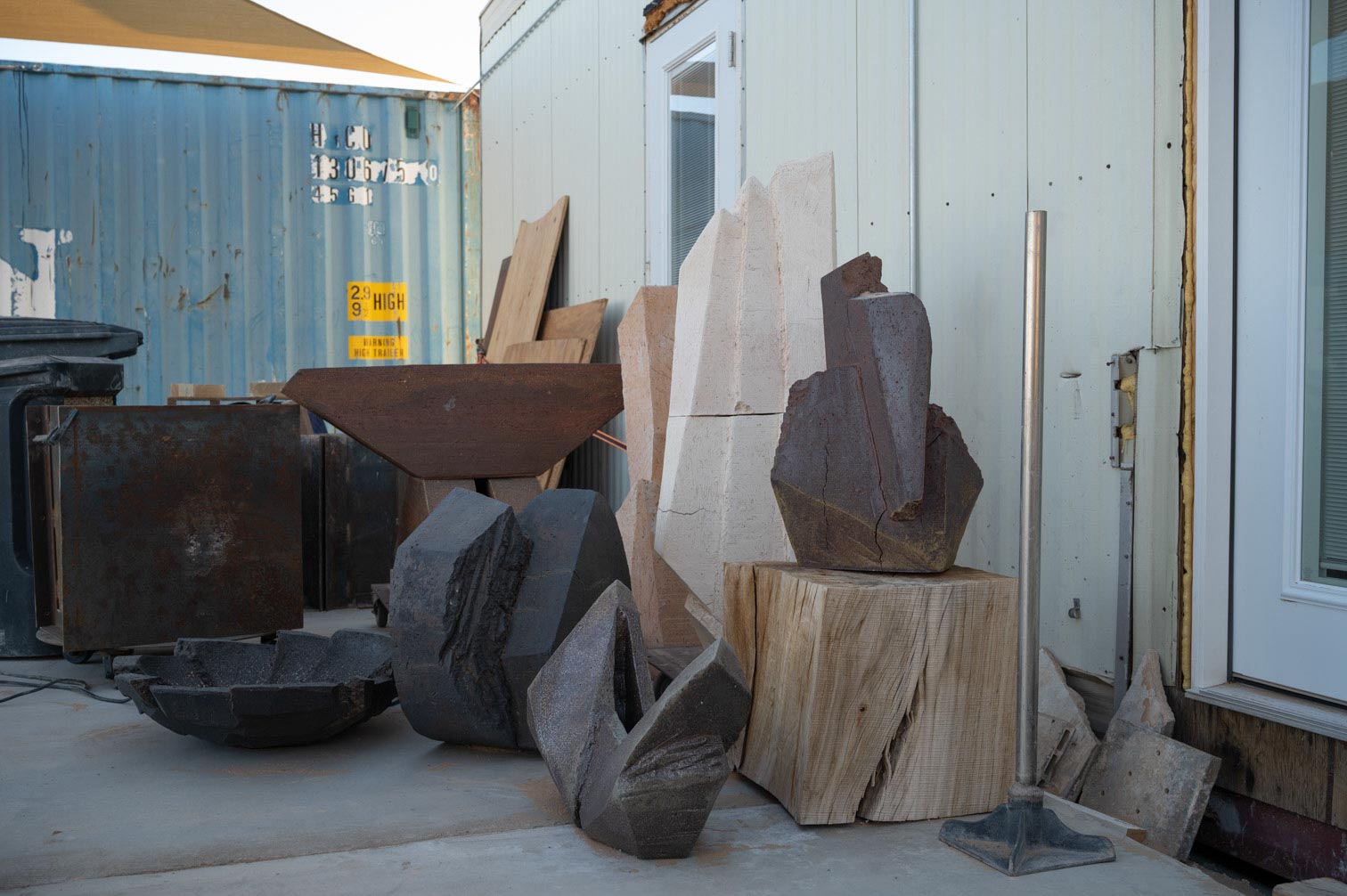
Cross splits his time between Pasadena, where his family is based, and Twentynine Palms near Joshua Tree, working at his studio set amongst five acres of desert where he’s built several kilns for firing ceramic pieces.
Although this oasis of art is incredibly remote, one of Cross’ neighbours happens to be fellow artist and photographer Jack Pierson. After the two eventually met, Pierson invited Cross to present a series of recent works at his gallery, Elliott Templeton Fine Arts, in New York City’s Chinatown.
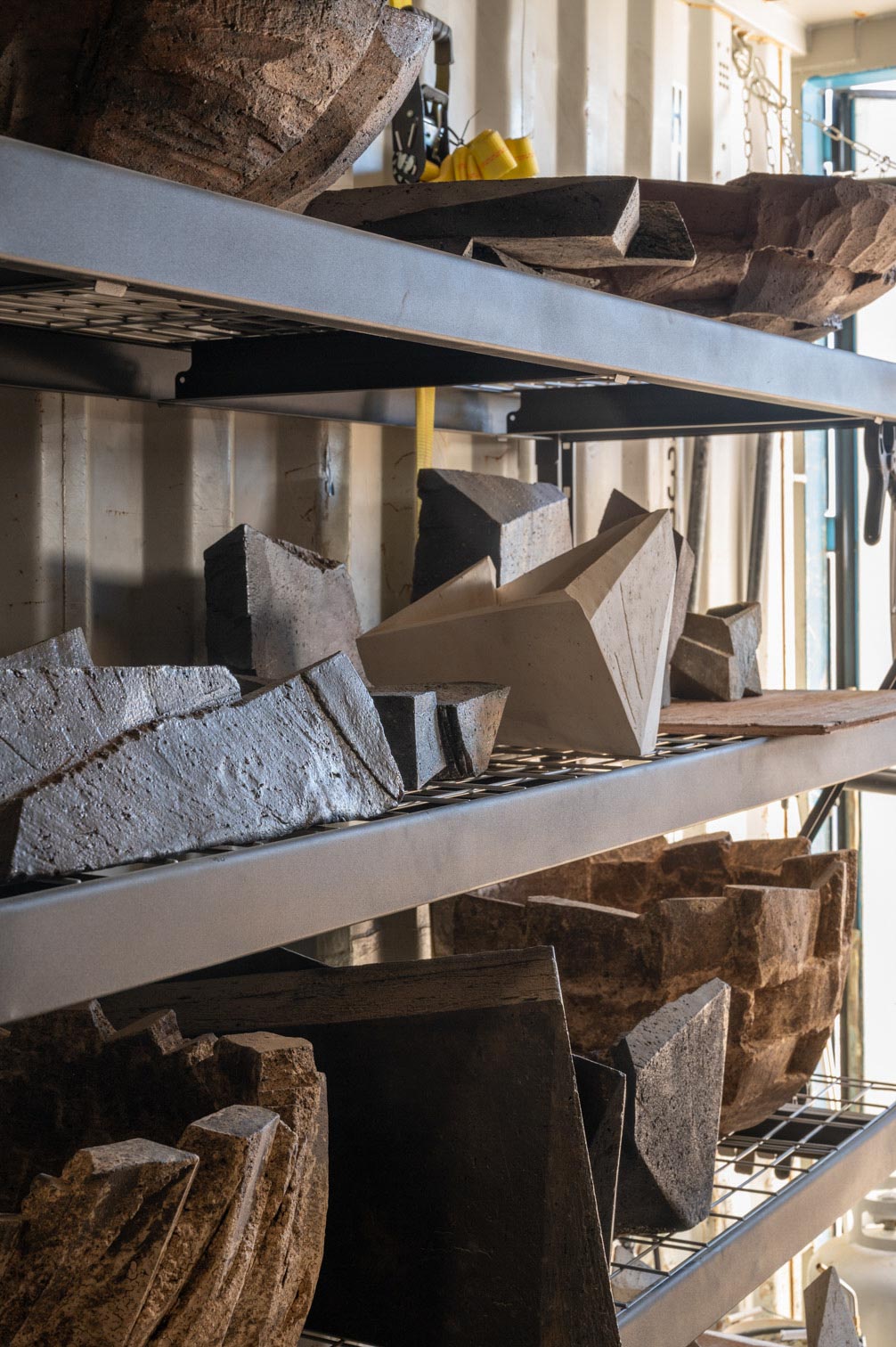
‘Once I have a solid block, I treat the clay like a stone block, and I carve it using different kinds of tools, like wires and machetes and chisels’
Jonathan Cross
The exhibition, titled ‘Sinter’, brings together Cross’ freestanding and wall-mounted ceramic sculptures, as well as a range of vessels, each united by their material and their severe, brutalist geometry. The jagged angles, crumbling edges and scorched surfaces appear as if they’ve survived the end of a world, and could have easily been lifted from an ancient alien civilisation.
Each piece is formed from a solid block of clay, much of which the artist sources from a mountain in Corona, California and packs into a mould before carving away at its shape. ‘Once I have a solid block, I treat the clay like a stone block, and I carve it using different kinds of tools, like wires and machetes and chisels, to carve and hollow out certain parts of the forms,’ Cross explains.
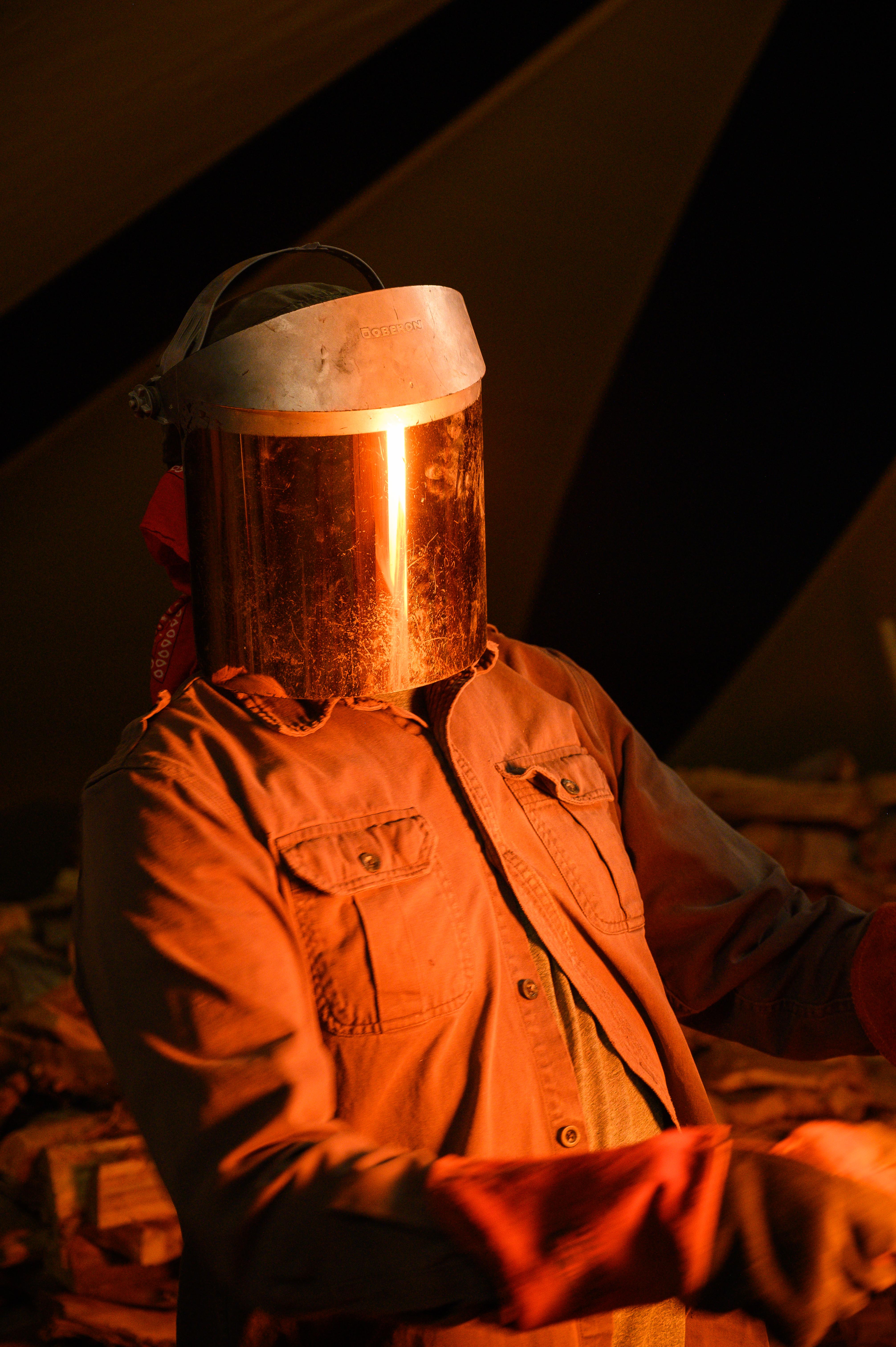
The varied hues and textures across his works are produced by spraying salt water and sand into the kiln during the four-day firing process, or letting the wood ash settle onto the clay as it’s fired.
Different tree species produce different colours, so by blending the clays and the woods in combinations, Cross is able to achieve subtle blends and gradients across the sculptures. Some he polishes post-firing to achieve a completely smooth finish, contrasting with others that are highly textured.
‘I love the desert light because it's very dramatic, and so you get harsh shadows and that contrast really makes the pieces pop’
Jonathan Cross
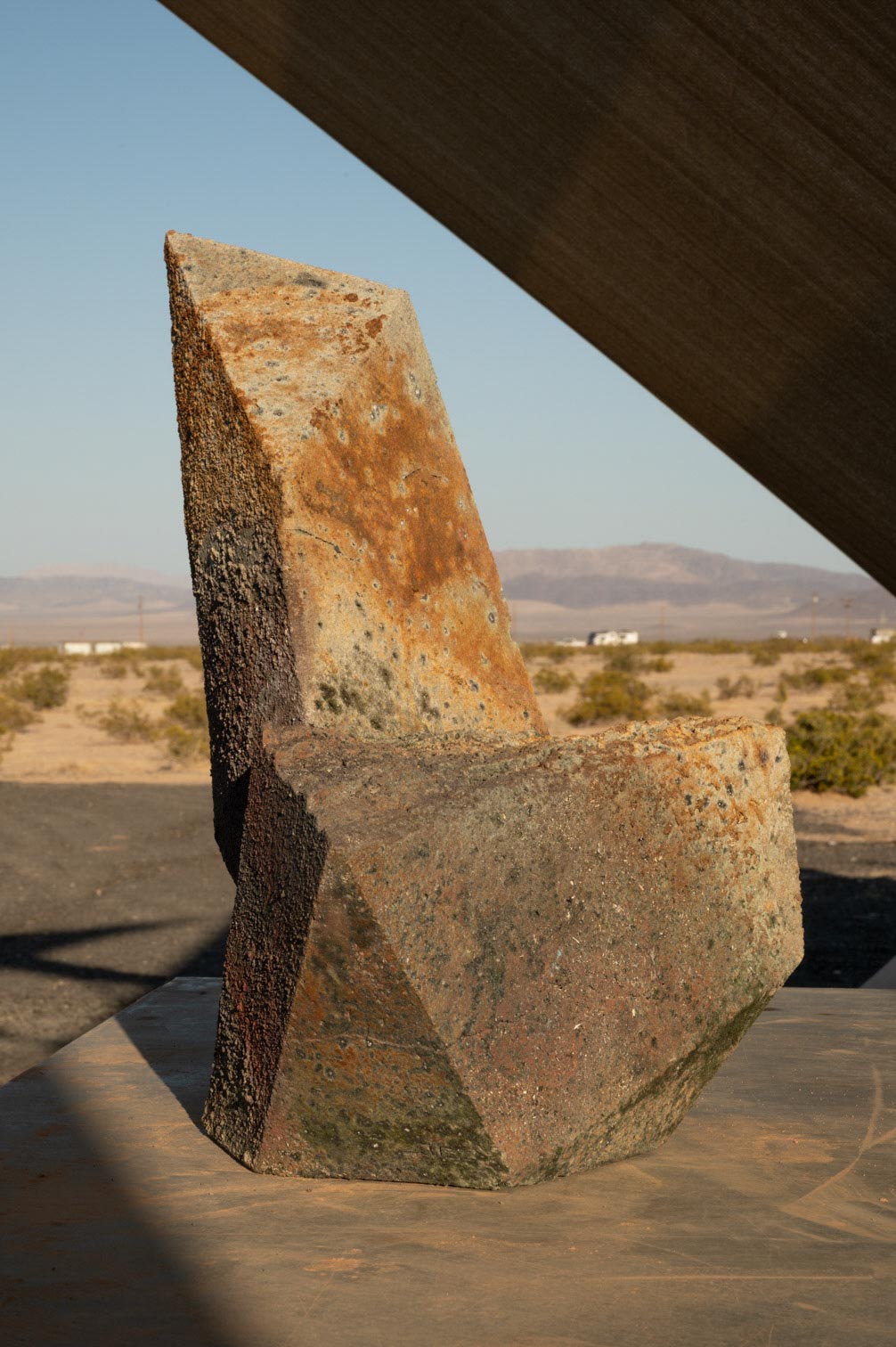
Once his sculptures have cooled, Cross installs and photographs many of them across the desert setting in which they were formed. 'I love the desert light because it's very dramatic, and so you get harsh shadows and that contrast really makes the pieces pop,' Cross says.
‘My main goal is not to capture the colour and the texture of the work, but to capture the form, because the colour changes depending on the time of day, or whether the piece has been rained on recently.'
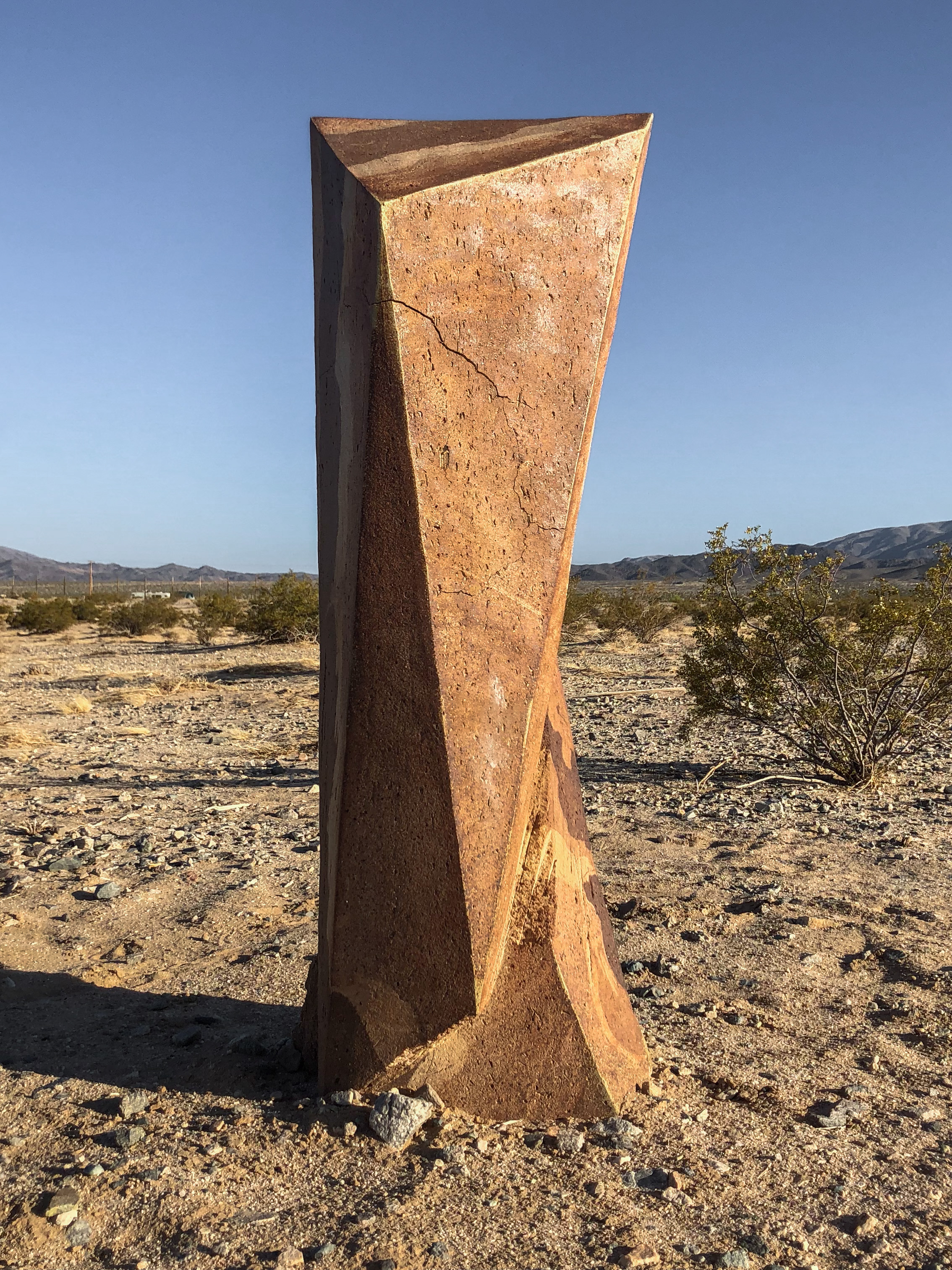
Since Wallpaper* last interviewed Cross (in 2023), the artist has begun to experiment with new equipment that he uses to recycle and reform those pieces that don’t survive the kiln the first time around. 'One of my new favourite things is when pieces fail in the firing, and I'm not satisfied with them, I have a sand blaster, angle grinders and stone garden tools, and I can go back and rework the surfaces, and then this work can always go back into the kiln for re-firing.'
Since the rock-like ceramic sculptures are so robust, 'they'll be around for 10,000 years', Cross claims. So millennia from now, they may well be unearthed and rediscovered by another civilisation. But for the moment, enjoy them at Elliott Templeton Fine Arts, until 8 December 2024.
Elliott Templeton Fine Arts is at 5 Henry St, New York, NY 10002







